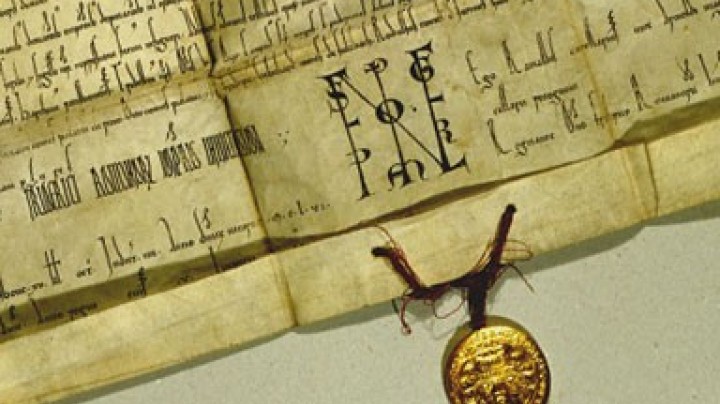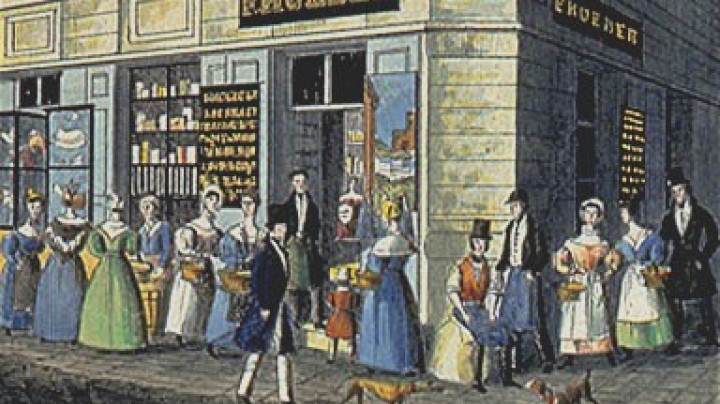Monastery business matters – Monasteries and trade in the Middle Ages
Although some religious orders considered that visits to worldly markets were dangerous for their members, many monasteries owed their wealth to the trade in the surpluses they produced.
Monasteries were not only religious centres but also important commercial enterprises. There were many monasteries that were located on important trade routes; as employers they attracted craftsmen and traders and had close links with the economic life of towns. Many of them even had their own trading enterprises in nearby towns. Many religious orders, for example the Cistercians, had committed themselves to being self-sufficent and thus ran agricultural businesses and workshops in which raw materials were processed and craftsmen made their products. The Cistercians employed lay brothers who were responsible for running the monastery’s commercial business. In spite of aiming to be economically independent and organizing themselves accordingly, the monasteries were not completely self-sufficient: in most cases they still had to buy certain products such as salt from outside sources. This meant that the monks and nuns had to visit local markets, an activity that attracted a great deal of ciriticism, since such visits were considered to represent a threat to the soul’s salvation. Hence the Cistercians stipulated in their statutes that the markets visited should not be more than a three- or four-day journey away and that not more than two monks at a time should go to them – and that they should comport themselves in a decent manner while doing so.
The Cistercians organized matters so that there were lay brothers whose special responsibility was to buy items that were needed and to sell the monastery’s surplus goods – clothing, household equipment, agricultural produce. Such brisk trading activity made some monasteries wealthy, with the result that the tax privileges and customs exemptions that they enjoyed aroused the envy of merchants in the towns.













